Отзывы о туристических маршрутах Азербайджан
Friday June 2
My arrival was painless. I need to stop getting so uptight as I approach borders. Luck did play a small part, though. I had heard that visas for Azerbaijan and Georgia were easy to obtain, and that…
My arrival was painless. I need to stop getting so uptight as I approach borders. Luck did play a small part, though. I had heard that visas for Azerbaijan and Georgia were easy to obtain, and that they could be had at the border. I happened to have a transit visa for Azerbaijan, good only for entry to Naxcivan, which is in a separate piece of Azerbaijan territory that is cut off from the rest of the country and surrounded by Armenia, Iran and Turkey. That visa wasn t good for another nine days; I had obtained it at the last moment before leaving the U.S. because there is a train line that goes from northwest Iran up through Naxcivan and which connects into Turkey when politics allow, which they do not at the moment, but my intent was to go as far as possible before reverting to bus to cross the border. Anyhow, now that I was not going to Iran, that transit visa was irrelevant. But here at Baku, the customs officials merely stamped my entry over that transit visa, ignoring the city and the date. This certainly saved me having to pay a visa fee; it might have saved me from getting turned back altogether which, as you will soon see, can certainly happen.
Something happened out there on that huge inland sea. The dividing line was as clear as that at the Dzungar Gate; moreso than at Haivan Pass in Vietnam, for here we passed from Central Asia into Europe. Technically there are still nearly two thousand miles before I actually set foot into Europe, but at least I m in the Caucasus. Baku is the biggest city between China and Europe; it is also an oil town that began as an oil town and so has wealth built in to its architecture. Its every pore seethes of European character, and its people are decidedly Caucasian; there is no mixture of Asians here, none of the nomadic peoples that so freely mixed on the other side of the Caspian. Here they are Azeri s, with black hair and high long noses, the men with moustaches and the women with deep dark eyebrows. There are far fewer Russians than I would have expected, less so than in the Central Asian capitals, or at least by first impression. Actually I think Baku fits well the description «Mediterranean,» which includes southern Europe and some of the Middle East.
The buildings are old and ornate, and the streets of the old town paved in cobblestone. Avenues remind me of Paris or Milan, leading to and from churches or large museums. Pedestrian streets — and there are many — are filled with outdoor cafes and all seem to lead to Fountains Square, a far more fashionable place to stroll than the seaside promenade just around the corner. Statue Square has the restaurants and clubs; the seaside promenade has the joy rides for children while parents sit and drink tea or just watch.
I didn t get in to the town until after 4:00pm, and my first project was — can you guess? Off to the train station to get tomorrow s ticket. The station was a huge outdoor bazaar, even more crowded than the ones that had sprung up outside the stations in China. I rather got the impression that this was the main bazaar in Baku, though I guess not. The feeling of vibrancy came back full force after the hiatus of Central Asia. This city hits a groove that pulses all day long, and deep into the night.
I walked around the old town in the evening, just to get a feel for the place, and stopped for dinner at an outside cafe at Fountains Square. The crowd milling by was probably 80% men; I wasn t sure where the women had gone to. Those women that I did see tended to be mothers with babies or infants; I wasn t sure where the fathers had gone to. One group of men arrived at my cafe and greeted male friends of theirs by kissing them on the cheek. There was one woman in the group and she got a kiss from one of them as well. Although the cafes serve beer, most people were drinking cay, tea. Out on the promenade next to the cafe, a traditional ice cream vendor with hand-made Turkish ice cream stood there dressed in a Turkish outfit complete with red cap and tassel; from time to time he would stir the ice cream and bang the large metal stirring rod against a cluster of cow bells; this sounded more like glass breaking and every time he did it, everyone in the cafe turned their eyes to see what had happened. Of course, this was his intention. A little boy scurried to and from the tables at the cafe, taking ice cream orders from patrons there as well.
There are also the women who are dressed to be seen — who dress provocatively in tight clothes or shirt skirts. They usually stroll by in pairs but sometimes are alone. Sitting at an outdoor cafe, once can observe the heads turn as they walk by. It s also interesting to follow a couple of these women as they walk down the street, «in their wake» so to speak, about thirty feet behind, to watch the heads turn on both sides. Men inevitably turn to look at the derriere as the women walk by; some older women turn to look in disbelief. Azerbaijan is a Muslim country — after all, most of Iran s northwest is made up of Azeri s as well. They are fairly conservative, even though the women do not cover their faces. But I believe the outwardly provocative dress of some of the more westernized women is a shock to the men; I remember Tehran was like this back in 1975 when the Shah was still in power.
I continued on to the Karavan Club, an interesting derivation of the famous Cavern Club in Liverpool where the Beatles got their start. Here, in a dark basement bar, a four piece jazz ensemble enchanted me with hauntingly beautiful middle eastern ballads of Azerbaijan. They began each song traditionally and then graduated extemporaneously into long, melodic jazz riffs with saxophone and piano solos. During a break I had a chat with the saxophonist, a man named Rain Sultanov who had written all of the compositions. I ended up buying their CD. I had forgotten just how much music is a common language, and how well it sets the mood and background for understanding a culture. This was the perfect entree to the Caucasus, which lies sandwiched between the Black and Caspian Seas, between Russia, Iran and Turkey.
Another delightful thing about Baku is the tea houses everywhere, where you can just plop down and get a full pot of deep, rich tea for less than fifty cents. There are parks too, and these are full of men drinking tea and playing a variety of games — pool, snooker, dominoes, chess, backgammon, and crosswords. Crosswords seem to be everywhere; it s what people do while they are waiting for something.
I spent most of the day getting lost in the back streets of the old town, and wandering about the outdoor cafes. Meals are always an interesting time. I found myself getting perilously close to the MacDonald s in the middle of Fountains Square (yes, with an outdoor cafe), and so had to will myself away to a different part of town, near a park full of tea houses, where I found a cheap cafe full of men in shapka caps. Here I tried what appears to be the most popular snack in Baku, a Turkish doner. This consists of a piece of thick pita bread stuffed with mutton sliced straight off the kebab grill, French fries, tomatoes, onions and scallions. It is washed down with something like yogurt with herbs in it; I never could get the name right. I finally gave up on understanding the money at all; 10,000 manat is equivalent to about 1.50 but they don t use the word manat in counting, they use the name of the person who appears on the bill, so my lunch was one shiran and four mammads, except when I gave him two shirans I got back eight mammads back.
Another confusing element is the use of language. Since becoming independent, Azeri is the national language and they have adapted a modified Latin alphabet, similar to what is used in Turkey, with plenty of umlauts and upside-down e s to indicate pronunciation. But half of the signs are still in Cyrillic, so there is a general jumble of signage in this city, which of course adds to its color and character, if not to it understanding.
Likewise, although in crossing the Caspian I seem to have left the deserts of the Stans, the influence of the Silk Road is still everywhere. I came across an old caravanserai and the remains of an old covered market like what I had seen in Bukhara, reminding me of just how cool it was inside under the raised domes. We should try that in our shopping malls. Of course, carpets are for sale anywhere that tourists pause to snap a photo, and the restaurants have names like «Silk Way,» which I personally thought was a mix between Milky Way and Silk Road.
Отзывы о туристических маршрутахТуристические отзывы Турция
10 долин и каньонов Каппадокии, которые не стоит пропустить
Красная долина (Kizilçukur). Название долины происходит от красноватого цвета скал. На горе Актепе над долиной — лучшее место, где можно встретить закат с видом на красные скалы. Попасть на смотровую площадку долины можно на машине от перекрестка с дорогой на Ортохисар, если двигаться из Гьореме в сторону Ургюпа.
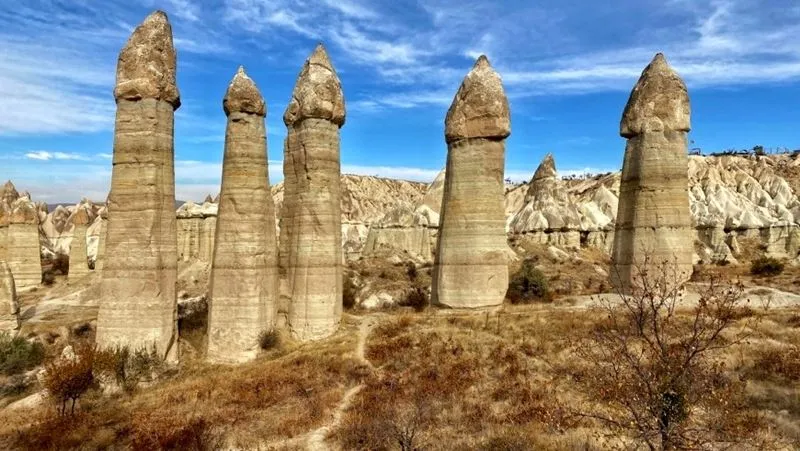
1. Красная долина (Kizilçukur). Название долины происходит от красноватого цвета скал. На горе Актепе над долиной — лучшее место, где можно встретить закат с видом на красные скалы. Попасть на смотровую площадку долины можно на машине от перекрестка с дорогой на Ортохисар, если двигаться из Гьореме в сторону Ургюпа.

2. Розовая долина (Güllüdere). Это 2 долины с розовым оттенком скал, которые расположены параллельно друг другу. Они начинаются к югу от Чавушина и тянутся к смотровой площадке Красной долины. В долине — несколько церквей 7 — 8 ст. с хорошо сохранившимися фресками.

3. Долина любви — визитная карточка Каппадокии. Фаллоподібні скалы можно увидеть на большинстве буклетов о Каппадокию, и именно их больше всего любят туристы. Попасть в долину можно с трассы Гьореме — Аванос, повернув за Гьореме налево на асфальтированную дорогу, и потом еще раз повернув налево по указателю.

4. Белая долина (Bağlidere). Это — продолжение Долины Любви на юг. Долина с монументальными скалами белого цвета, похожими на волны. Можно встретить туннели, природные арки и выдолбленные в скалах голубятни.
5. Медовая долина является продолжением Белой Долины на юг. Это-довольно крутой и узкий каньон с туннелями и скалами кремового цвета, которые природа разрисовала разными оттенками. Тропа в долину начинается при въезде в Учхисар: на первой развилке поворачиваем резко направо, а потом на перекрестке — снова направо, и спускаемся в долину.
6. Голубиная долина (Güvercinlik). Названа так благодаря большому количеству голубятен, выдолбленных в скалах. Гладкие конусообразные скалы имеют белый цвет. Долина тянется параллельно дороге Гьореме-Учхисар, и дальше на юг. Лучшая смотровая площадка находится на южном выезде из Учхисара.

7. Долина Мескендир (Meskendir) — длинная долина, которая тянется от поселения Чавушин до дороги Гьореме-Ургюп. Отсюда стартуют в небо знаменитые воздушные шары. В долине есть природные туннели, голубятни, скальные церкви с фресками.

8. Долина Сабель (Kiliçlar). Отсюда взлетают воздушные шары. Здесь можно увидеть много скальных помещений, которые используют местные жители для своих нужд. А в заброшенных церквях долины есть великолепные фрески с изображениями святых и вырезанными мальтийскими крестами. Долина начинается к северу от Музея под открытым небом возле Гьореме.

9. Долина Любви — 2 (Görkündere) — похожа на известную Долину Любви, но находится рядом с Гьореме. Фаллоподібних скал здесь также много. Найти ее просто: от поворота на Ургюп пройти около 500 метров, свернуть направо в долину Зэми и снова повернуть направо по указателю.

10. Долина Ихлара (Ihlara Vadisi). Самая отдаленная долина, которая находится в 70 км к югу от Гьореме. Это — глубокий каньон, в котором расположились более 100 церквей и монастырей с уникальными росписями.

ТОП-10 смотровых площадок Каппадокии, где можно сделать трогательные фото
1. Холм влюбленных (Asiklar Tepesi) — лучшее место для встречи рассвета и наблюдения за воздушными шарами во время восхода солнца. Находится на холме, который расположен на южные окраины Гьореме. Отсюда, как на ладони, видны герме и Долина любви — 2 (Görkündere)

2. Смотровая площадка Красной Долины (Kizilçukur) — популярное место для наблюдения над закатом с видом на скалы красноватого оттенка. Находится на вершине холма Актепе.

3. Замок Учхисар. С Замковой горы открывается великолепный вид сразу на несколько долин и Гереме, особенно после захода солнца. Но сюда можно прийти и на рассвете.

4. Площадка с видом на белые скалы Голубиной долины на южной окраине Учхісара. Над долиной можно отыскать деревья с ветвями, украшенными бело-сине-черными символами, похожими на глаз. Есть инсталляции из сухих деревьев, украшенных горшками. Получаются очень эффектные фото на их фоне.

5. Отель Sultan Cave Suites. На смотровую площадку, украшенную яркими коврами, могут попасть лишь постояльцы отеля. Прекрасное место для наблюдения за воздушными шарами на рассвете и фантастическая панорама Гьореме.

6. Galeri Ikman Carpet Shop. Для тех, кому не повезло попасть на смотровую площадку отеля Sultan Cave Suites, может сделать фото на фоне разноцветных ковров в этом ковровом магазине.
7. Смотровая площадка «Три красавицы» (Üçgüzeller) на запад от Ургюпа. Вид на «грибы со шляпами» — это визитная карточка Каппадокии, которую вы можете увидеть на многих буклетах.

8. Отрахисар: площадка с видом на замок Отрахісар и сам городок. Находится на холме к юго-востоку от центра.

9. Долина Пашабаг между Гьореме и Аваносом: здесь открывается вид на множество скал, который называют «дымоходами фей».

10. Долина Любви: здесь выходят классные фото после рассвета, когда здесь приземляются воздушные шары.

Отзывы о туристических маршрутахТуристические отзывы Россия
Восхождение на Казбек
Рассказываю о моем восхождении на Казбек с командой Экстримгид https://extremeguide.pro/voshozhdenie-na-kazbek/
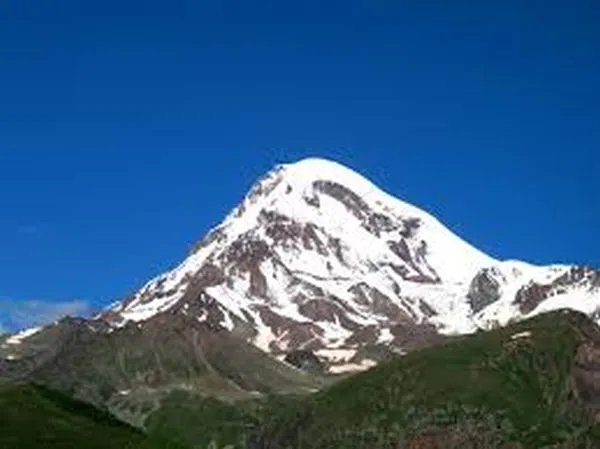
Решила взобраться на Казбек с группой и гидами, выбрала компанию Экстримгид https://extremeguide.pro/voshozhdenie-na-kazbek/. Все было просто шикарно, море эмоций и впечатлений, самое яркое приключение в жизни, всем советую
Отзывы о туристических маршрутахТуристические отзывы Доминиканская Республика
Насыщенная экскурсия с культурной программой и отдыхом в раю.)
Были с сестрой в Доминикане на зимних праздниках, зачетный отдых получился.
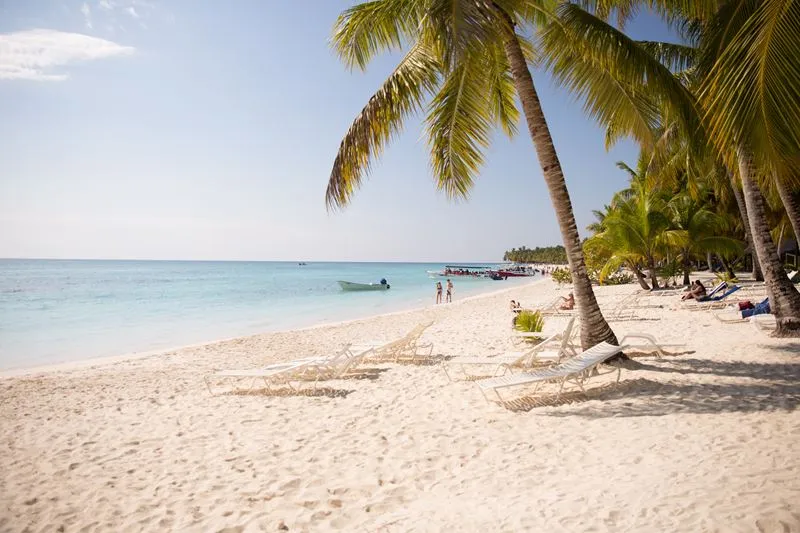
Сама Доминикана конечно тоже огонь, но сейчас хочу про конкретную экскурсию поделиться впечатлениями. Наша экскурсия Саона-Делюкс включала в себя посещение Города художников и острова Саона. В городе художников мы осматривали местные достопримечательности, такие как амфитеатр, церковь святого Станислава, школу искусств и фонтан желаний, естественно, всей группой там загадывали желания.) Кстати, пока не забыла, группа была небольшая и не было толкучки, это нас очень порадовало. Далее, на острове Саона нас ждал обед с напитками, и для нашей группы обед был вне очереди. Обед сам был шикарный, даже гриль-бар включал в себя, ну а напитки вообще вкуснейшие и самое главное, безлимитные. На райском острове мы отдыхали не меньше четырех часов, так что успели вдоволь насладиться его красотами. Был и еще один маленький пункт остановки у нас потом, на песчаной отмели, там мы в натуральном бассейне купались с морскими звездами. Я так близко их раньше не видела и не трогала тем более. Во время этой остановки работал бар, и мы освежались вкусным шампанским. Вот сейчас рассказываю, и снова туда хочуууу. Организаторами экскурсии была компания Доминикана Про, за что ей огромное спасибо, все круто было. Еще один момент добавлю и буду закругляться. Автобус нас возил очень комфортабельный с wifi и даже питьевая вода была, что в жару очень кстати, а на борту было целых два русскоязычных гида — позитивные ребята. Остались довольны насыщенной программой, возможно повторим, когда будем в тех краях.
- Отзывы о туристических маршрутах15 лет назад
Красивые голые женщины дикого племени Химба
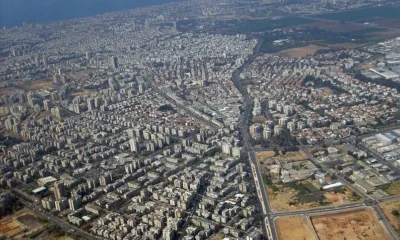
 Отзывы о туристических маршрутах16 лет назад
Отзывы о туристических маршрутах16 лет назадЧисто еврейская жизнь или как «кидают» в Израиле
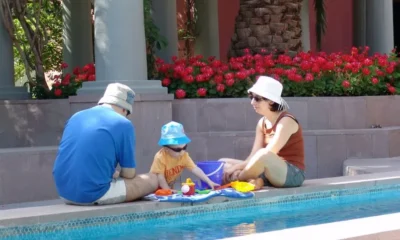
 Отзывы о туристических маршрутах16 лет назад
Отзывы о туристических маршрутах16 лет назадВ Турцию с маленьким ребенком
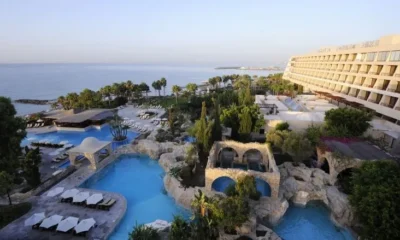
 Отзывы о туристических маршрутах16 лет назад
Отзывы о туристических маршрутах16 лет назадСоветы из личного опыта тем, кто едет на Кипр впервые.

 Путешествуем с детьми14 лет назад
Путешествуем с детьми14 лет назадНудизм и дети
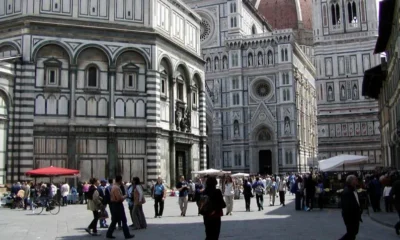
 Туристические отзывы15 лет назад
Туристические отзывы15 лет назадПолезные туристам советы при путешествии в Рим, Венецию, Флоренцию
- Отзывы о туристических маршрутах16 лет назад
Отдых дикарем в Сочи (Адлер)
- Отзывы о туристических маршрутах16 лет назад
Совсем не райское место Хайнань















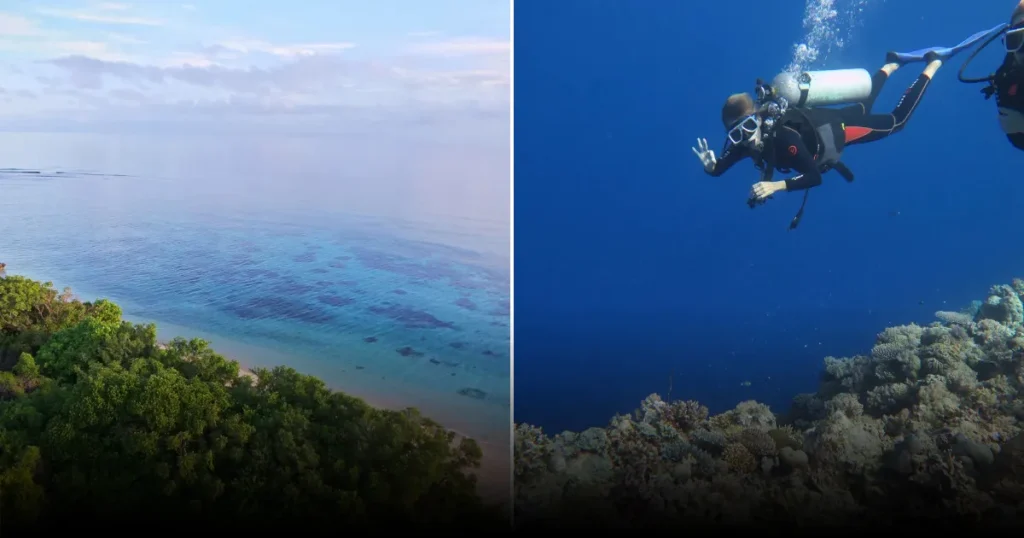


Для отправки комментария вам необходимо авторизоваться. Вход